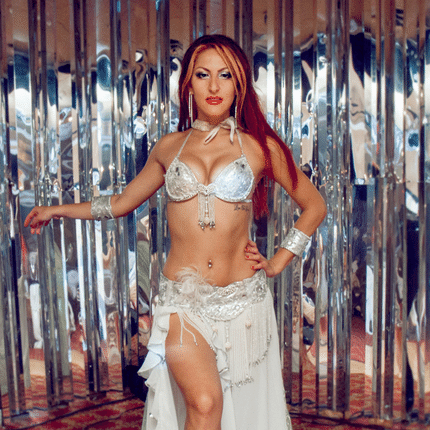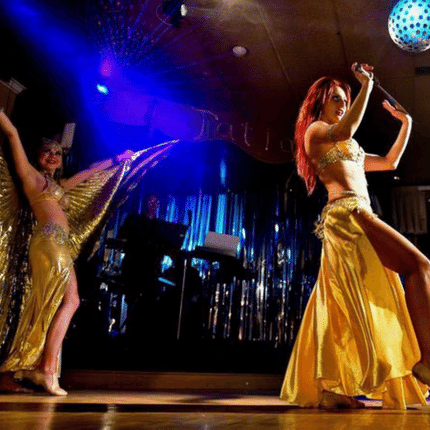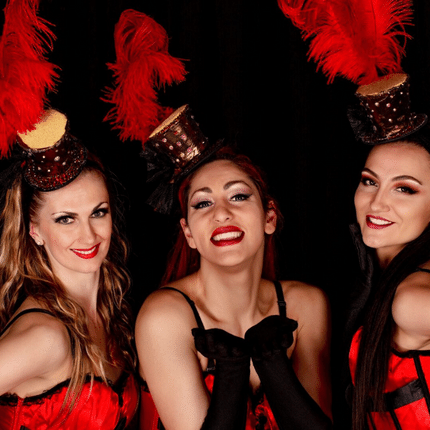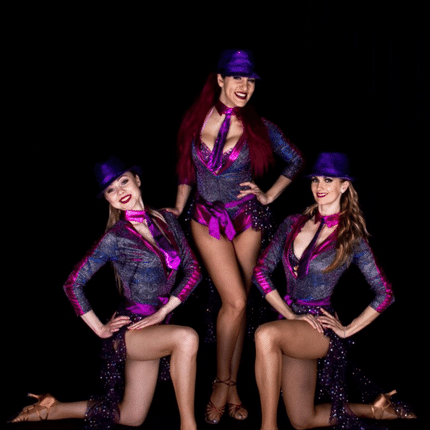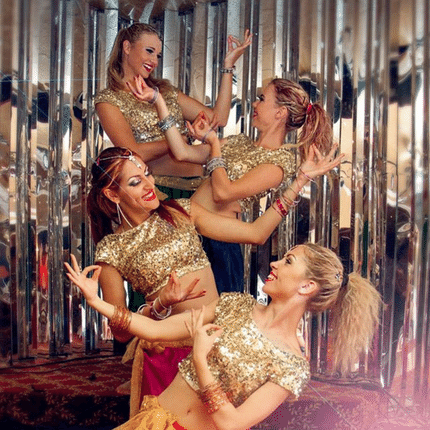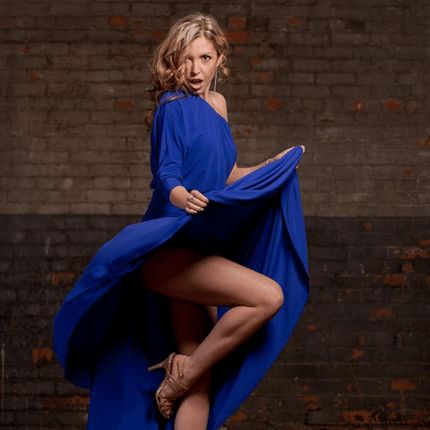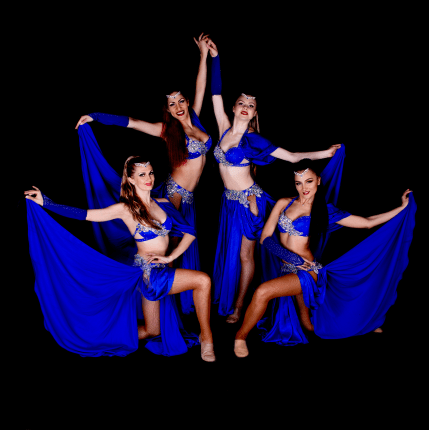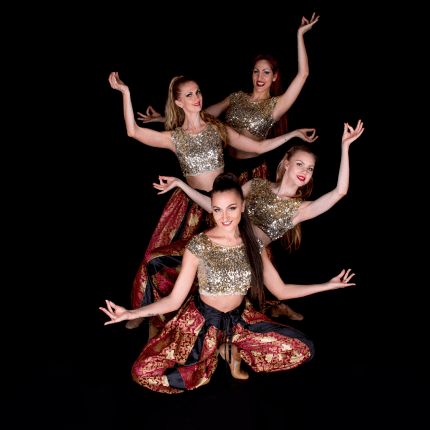In the captivating realm of dance, where emotions find their voice through movement, a unique breed of performers emerges, bound by a shared passion and an insatiable drive for excellence. This is the enthralling world of competitive dance, where rhythm and grace intertwine with fierce determination, pushing boundaries and redefining artistic limits.
Dance competitions, the beating heart of a pulsating industry, serve as the battleground before a common group of judges where extraordinary dancers compete, showcasing their awe-inspiring talents, while leaving an indelible mark on the souls of spectators. With each step, each twirl, and each daring leap, these dancers transcend the ordinary, immersing themselves in a world where the language of the body speaks louder than words.
Behind the dazzling displays of artistry lies a tale of unwavering dedication and relentless hard work. Competitive dance is not for the faint of heart; it demands countless hours of training, discipline, and a perpetual hunger for self-improvement. Within the hallowed walls of the dance studio, dancers harness their skills, honing their craft under the watchful eyes of experienced mentors and coaches who guide them toward greatness.
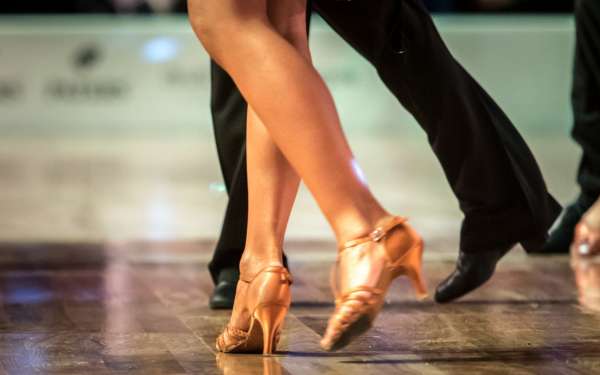
A brief history of Dance
In the distant millennia of the third century BC, dance emerged as a cherished art form, finding its place among the Egyptians. Within the intricate strokes of tomb paintings, we discover a glimpse of priests and dancers intertwining their movements, narrating stories of gods and celestial phenomena.
This tradition traveled across time, leaving an indelible mark on ancient Greece, where dance flourished in open platforms and eventually birthed the renowned Greek theater. Religion was not the sole catalyst for the creation of dance; it seeped into the lives of common people, becoming a means to celebrate, entertain, and even seduce.
From the jubilant gatherings in honor of the Greek god Dionysus and the Roman god Bacchus, where revelers danced and reveled for days on end, to the spirited displays of skimpily dressed girls swaying amidst wealthy male spectators, dance became an expression of joy and exuberance.
As the Renaissance dawned, dance underwent a transformation, finding its place in the refined circles of the upper class. Ballet emerged as a prominent dance form, captivating audiences with its grace and elegance. After the arrival of the Renaissance, a myriad of dances and music were introduced.
Competitive dancing: how it works
Given that dance is an art form open to interpretation and lacks a centralized governing authority for competitions, the operations and dynamics of each dance competition may vary. Generally, these events span from one to several days, occasionally extending up to five days in certain regions.
Throughout the competition, dancers from diverse backgrounds partake in various categories, showcasing their talents before a panel of judges with the purpose of gaining adjudication scores, constructive feedback, and recognition through the awards. To streamline the adjudication process, competitions often categorize dancers based on one or more criteria.
When does the dance competition season begin?
In Canada, competitions typically begin in the early months of the year, around January or February. The national competitions begin during the spring and summer months. However, it's important to note that exact start dates may vary depending on the specific region, dance organization, or competition circuit. It's advisable to check with local dance studios, dance associations, or the websites of dance competitions in your area to get the most accurate and up-to-date information on the start of the dance competition season.
National dance competitions typically span approximately a week, offering a distinct experience compared to regional competitions. Apart from the competition itself, nationals incorporate various additional events to enhance overall enjoyment. These events may include convention classes, interactive games, meet and greets with industry professionals, and celebratory parties to add fun.
HIRE FEMALE DANCERS: INCREDIBLE ENTERTAINMENT
Competitive dance categories
Age division
In dance competitions, it is standard practice to classify dancers according to their ages. Typically, dancers are divided into these age groups:
- Mini: Dancers aged 8 and under
- Junior: Dancers aged 9 to 12
- Teens: Dancers aged 13 to 15
- Senior Dancers aged 16 to 19 years
- Adult: Dancers aged 20 and over
Those are the age limits for most dance competitions.
Dance style
Dance competitions provide a platform so competitors perform dances across many styles. These competitions encompass a wide range of categories, including but not limited to Ballet, Tap, Jazz, Contemporary, Lyrical, Open, Acro, Modern, Hip Hop, Musical Theatre, Folkloric, Pointe, Production, Vocal, and Character.
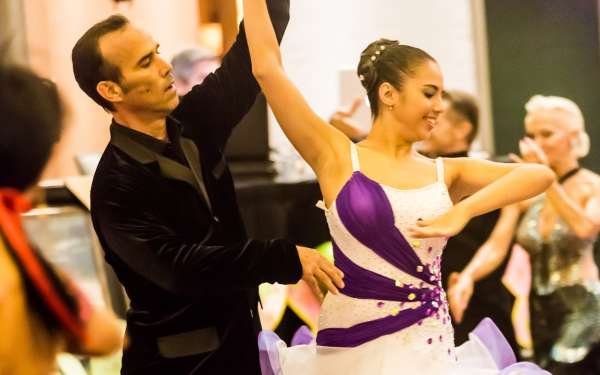
Dance group size
Group sizes in dance competitions are typically classified into various categories, including:
- Solo: A single dancer performing a routine.
- Duo/Trio: A routine performed by two or three dancers together.
- Small Groups: Groups of dancers, typically consisting of four to nine members.
- Large Group: A larger ensemble of dancers, usually ranging from ten to twenty members.
- Line: A choreographed routine performed by a group of dancers in a straight-line formation.
- Production: A grand-scale performance involving a significant number of dancers, often with elaborate sets, costumes, and props.
Still, it's worth noting that the dancer count that draws the line between a small group and a large group is not set in stone. Each competition sets its own guidelines.
Dancer level
Dance competitions have evolved to incorporate dancer-level categories, acknowledging the importance of experience and skill differentiation among participants. This development has emerged gradually over the past years, providing a more nuanced approach to competitive dancers.
Instead of grouping all competitors together regardless of their proficiency, competitions now offer distinct categories based on dancer level. These categories, such as Novice/Primary, Intermediate, and Advanced/Pre-Professional, aim to recognize and accommodate dancers at various stages of their dance training and expertise.
By implementing these divisions, dance competitions acknowledge the significance of technique, dance class participation, and overall dance training in evaluating and distinguishing performers. This approach ensures a fair and equitable platform for dancers, fostering growth and encouraging healthy competition within their respective skill levels. It is up to the studio owner, choreographer, or dance teacher to place their dancers at the appropriate level.
Can You Enroll in a Dance Competition Without a Dance Studio?
Dance competitions have varying policies regarding independent entries, with some competitions allowing individual dancers to participate while others require affiliation with a dance studio. The rationale behind the restriction on independent entries is primarily rooted in the phenomenon of "competition-hopping," where independent dancers frequently move from one competition to another within a specific region.
The concern arises from the potential imbalance that arises when highly skilled independent dancers dominate each competition, securing top positions across multiple events. This practice can create an unfair advantage and undermine the integrity of the competition.
By encouraging dancers to participate through their affiliated dance studios, competitions aim to foster a more level playing field, allowing for a diverse representation of talent and promoting a healthy and competitive environment for all participants.
Are competitive dance routines different than normal classes?
Yes, they are. While regular dance classes focus on skill development, technique, and overall dance education, a competitive dance routine is specifically designed for the purpose of competing against other dancers in a widespread sport (because competitive dance is considered to be a sport).
In normal dance classes, students primarily focus on learning and mastering dance techniques, exploring different dance styles, and improving their overall dance abilities. The emphasis is on individual growth and personal development as a dancer.
On the other hand, competitive dance routines are created with the goal of standing out and impressing judges in order to win competitions. Choreography plays a crucial role in competitive routines, as it is carefully crafted to highlight the strengths of the dancers and make an impact on the audience and judges.
The choreography often involves complex and dynamic movements, synchronization with other dancers in a group or team, and captivating stage presence. Additionally, competitive dance routines are performed in front of a panel of judges that evaluate the performances based on different criteria. The goal is to achieve the highest score and potentially win the competition.
Participating in competitive dance might require a higher level of dedication, commitment, and preparation compared to regular dance classes. Students often devote more time and effort to perfecting their routines, attending additional rehearsals, and participating in extra training sessions.
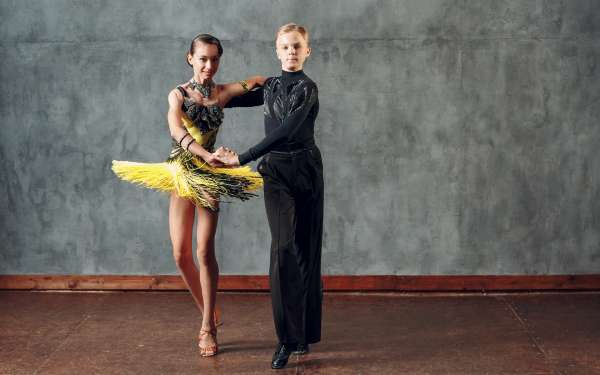
How Much Does it Cost to Enter Dance Competitions?
There are certain financial considerations associated with participating in competitive dance. Firstly, students are typically required to attend a minimum of three dance classes per week at their dance school, which can incur additional fees compared to recreational dance classes.
Moreover, the costumes required for competitive dance routines are generally more intricate and elaborate compared to those for recreational levels. These costumes are specially designed, ensuring durability and originality, which contributes to their higher cost. On average, a competitive dance costume for a group can range from $140 to $225.
In addition to costume expenses, there are entry fees for dance competitions that must be taken into account. The entry fees for solo performances in dance competitions can range from $80 to $300. For duets, trios, or small groups, the registration costs typically range from $75 to $200 per dancer.
Competitive dance rules
Dancing requires adherence to specific guidelines, which can differ between competitions. Each category has its own similar set of rules. Breaking these rules can result in penalties, and in severe cases, the performer may be disqualified.
- In a single competition, the solo dancer cannot repeat the same style twice.
- Acrobatic styles are not permitted in ballet routines.
- During a competition, a performer can showcase two lyrical solos.
- The dancer's attire and costume are essential and must be appropriate for their age.
- When using props, the performer's feet should not exceed a height of six feet.
The judging process
Dance competitions revolve around a multitude of factors that judges carefully assess to determine a performer's success. These criteria encompass various aspects such as performance quality, choreography, age, technique, level and presentation. While each competition follows its own unique scoring rubric, these fundamental elements remain integral in the adjudication process.
When evaluating a dance, judges assign marks typically out of 100, striving to capture the essence of the performance through their individual assessments. Achieving a perfect score of 100 signifies an extraordinary accomplishment, highlighting flawless execution and an undeniable connection with the audience. To calculate the final score, the cumulative sum of all judges' individual scores is tallied, providing a comprehensive evaluation of a performer or team's overall achievement.
To conclude...
The industry of competitive dance is a rich tapestry interwoven with dreams, resilience, and camaraderie. Dancers from all walks of life, united by a shared love for the art form, gather in studios and dance halls, forming a vibrant community that propels the collective spirit forward. In this realm, talent flourishes, and barriers of age, gender, and background dissolve, as raw passion and dedication reign supreme.


